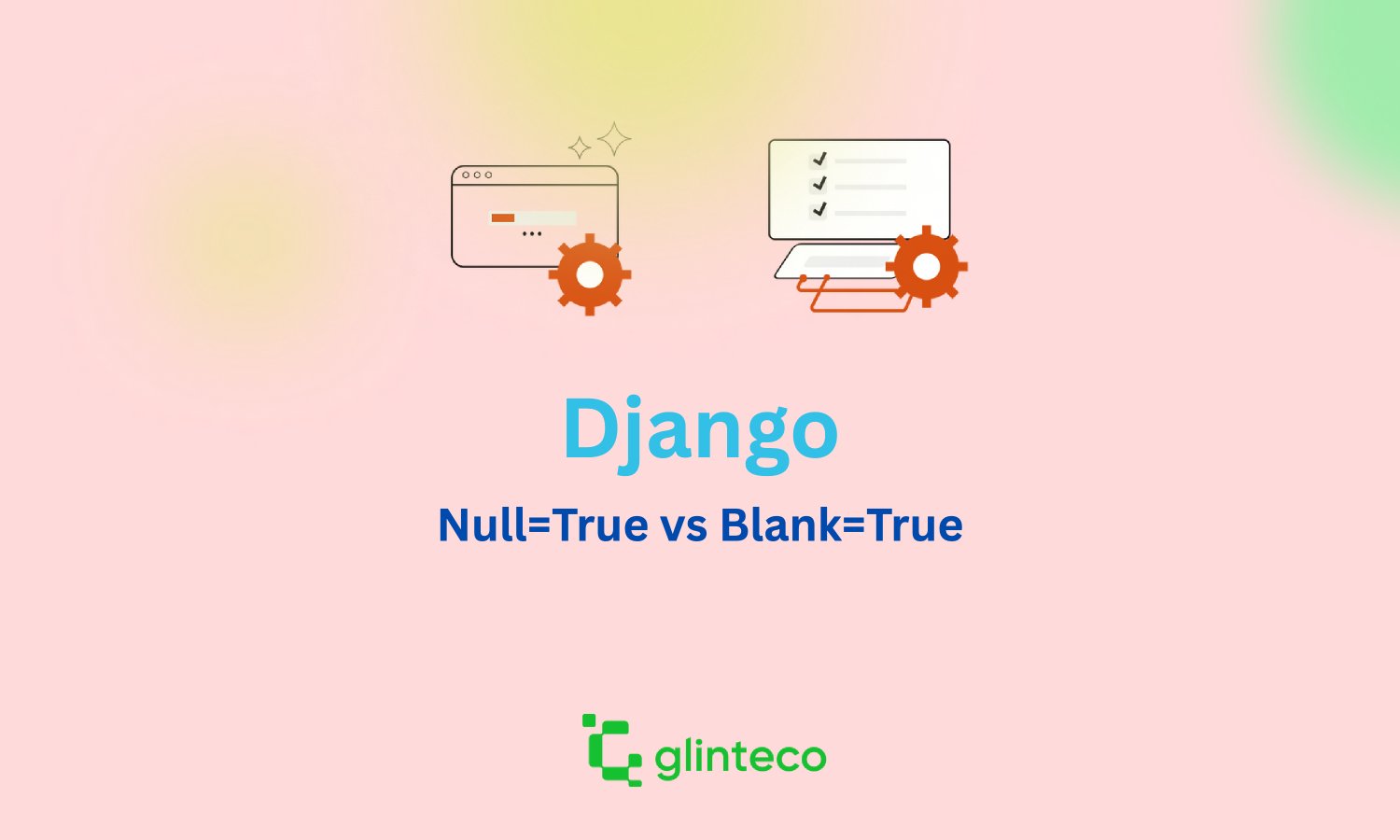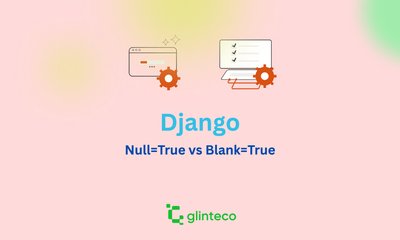What’s the Difference Between null=True and blank=True in Django?
By khoanc, at: July 9, 2025, 4:01 p.m.
Estimated Reading Time: __READING_TIME__ minutes


Use Cases
-
null=True:Use this when you want Django to store NULL in the database for empty values. This is typically used for non-string fields like DateTimeField, ForeignKey, etc.
-
blank=True:Use this to allow empty input in Django forms. It’s required for user-facing interfaces where the field is optional.
-
Together:You usually use both when a field is truly optional:
note = models.CharField(max_length=100, null=True, blank=True)
Important Notes
-
For string-based fields (CharField, TextField), Django recommends:
-
Use
blank=Trueonly. -
Avoid
null=True, because Django stores empty strings ("") rather than NULLs. -
This avoids having two “empty” values: NULL and "", which can lead to confusion.
-
Quick Example
class Profile(models.Model):
bio = models.TextField(null=True, blank=True) # A user can leave it blank in a form, and it’ll store NULL in the DB. age = models.IntegerField(null=True, blank=True) # Can be omitted from the form and also be NULL in the DB.
Reference

![[TIPS] Tig: A Simple Boost for Your Git Workflow](/media/filer_public_thumbnails/filer_public/e9/30/e93042d4-7341-405a-bf56-11993c77f3e2/tips_tig_a_simple_boost_for_your_git_workflow.png__400x240_q85_crop_subsampling-2_upscale.jpg)

![[One Package Per Day] Django-Allauth](/media/filer_public_thumbnails/filer_public/ff/3a/ff3a68c4-a4cb-4202-baaa-d8adf35b57a8/one_package_per_day_-_django_allauth.png__400x240_crop_subsampling-2_upscale.png)

